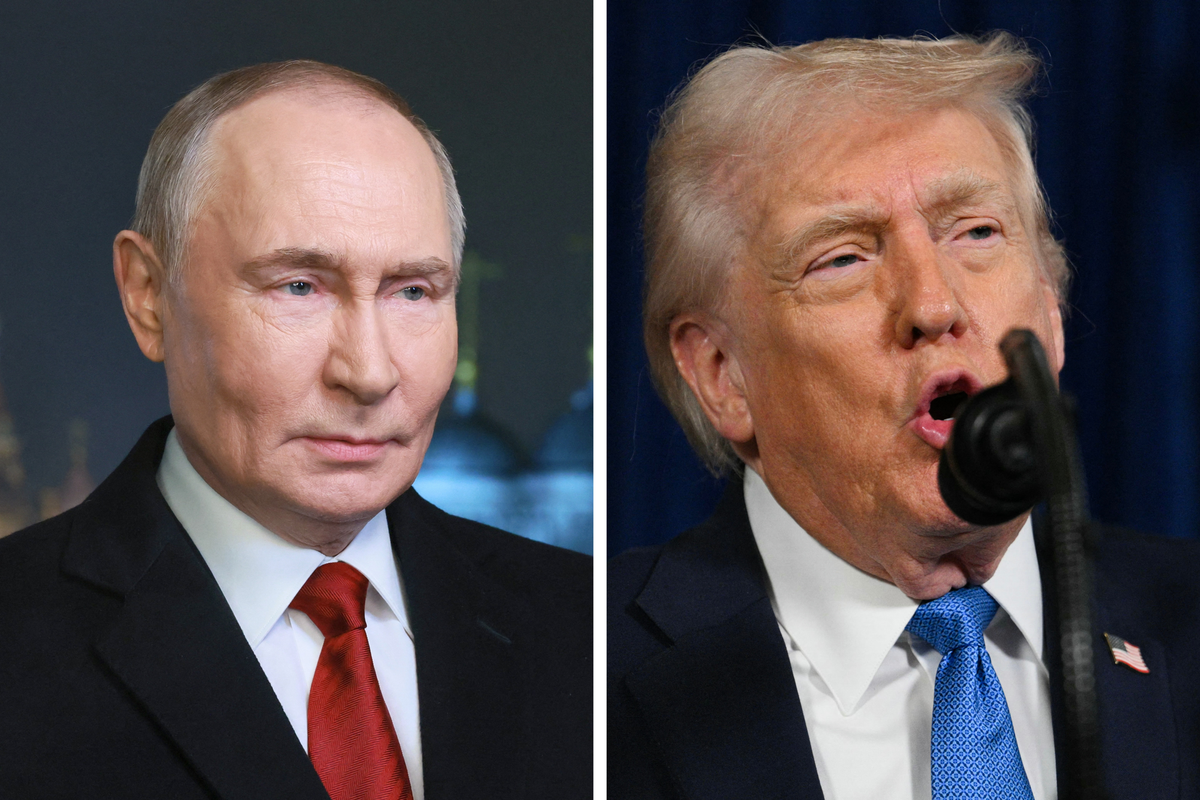Louis Dor
Jan 16, 2018
In South Australia, the Tesla battery at Hornsdale Power Reserve was paid AU $1,000/MWh to absorb excess electricity from the power grid on Saturday 13 January.
The facility, which holds the largest megawatt rating for any grid-connected battery installation in the world, was famously constructed in less than two months after a contract signature on 29 September.
Musk had promised Australian authorities the project would be complete in 100 days or the project would be free.
It was activated 1 December 2017.
South Australia had needed to strengthen its electricity infrastructure after a September 2016 storm caused a state-wide blackout.
The batteries built by Tesla will charge up during periods when the wind farm is producing excess energy, then supply extra power during periods of extra demand.
Electrek reports that, starting around 12pm on Saturday till around 4pm, the battery was paid.
The publication estimates that the battery may have been paid around £38,000 during this period of time:
The Tesla built battery was in ‘Load’ (charging) mode, while electricity was negatively priced, for at least 194 minutes. During that period the battery was accepting power at rates between 15-26MW, for varying time periods.
Roughly, during the four-hour period, the battery system absorbed greater than 66MWh of energy, which would be equal to at least AU$66,339 in revenue – and potentially up to $76,153.
The reason energy prices go negative is because network operators have to keep supply and demand in balance all the time. Power plants sometimes disconnect themselves from the grid if this situation occurs.
If they don't equipment can get damaged; negative prices are a way to indicate that there is too much supply, allowing others to take it to then sell on at a later date - this helps keep equilibrium.
This event, where Tesla appear to have made a fair bit of money, is a prime example.
indy100 has contacted Tesla for comment.
HT Electrek
Top 100
The Conversation (0)














